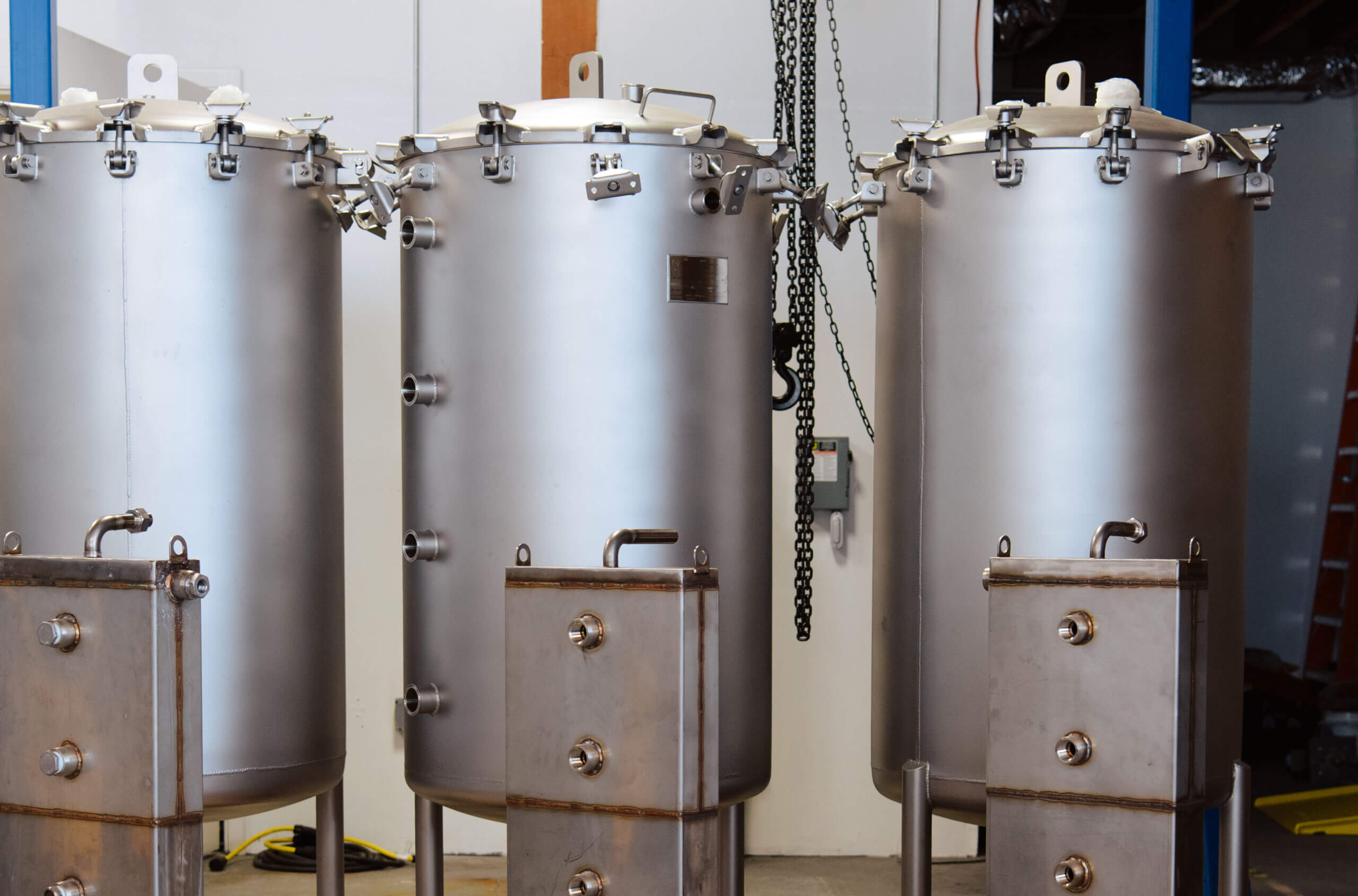Stripe Climate
CO2 permanently stored in rocks
44.01 turns CO₂ into rock, harnessing the natural power of mineralization. Their technology injects CO₂ into peridotite, an abundantly available rock, where it is stored permanently. This storage approach can be paired with a variety of capture technologies.
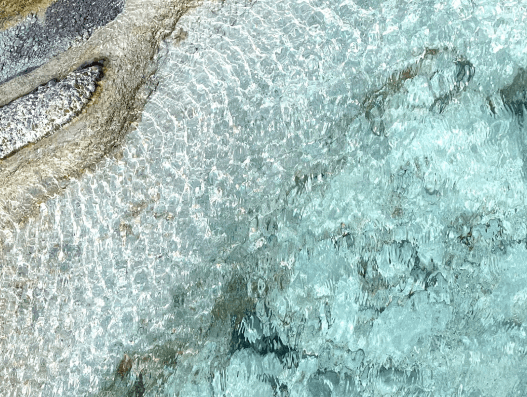
Storing CO2 as bicarbonate in the ocean
Ebb Carbon mitigates ocean acidification while capturing CO₂. Using membranes and electrochemistry, Ebb removes acid from the ocean and enhances its natural ability to draw down CO₂ from the air for storage as oceanic bicarbonate.

A nature-based soil amendment that sequesters carbon
Eion accelerates mineral weathering by mixing silicate rocks into soil. Their pelletized product is applied by farmers and ranchers to increase carbon in the soil, which over time makes its way into the ocean where it’s permanently stored as bicarbonate. Alongside their technology development, Eion is also conducting a novel soil study to improve the field’s measurement of CO₂ uptake.

Direct air capture technology
Sustaera uses ceramic monolith air contactors to capture CO₂ directly from the air for permanent storage underground. Their direct air capture system, powered by carbon-free electricity and built with modular components, is designed for quick manufacturing and capture at scale.

Sequester CO2 through the ocean
Seachange leverages the power and scale of the world’s oceans to remove carbon. Their experimental electrochemical process sequesters CO₂ in seawater as carbonates, an inert material comparable to seashells, thereby enabling energy-efficient and permanent CO₂ removal.

Ocean alkalinity restoration and photosynthesis
Running Tide removes carbon by growing kelp in the open ocean. After maximum growth, the free-floating lines of kelp sink to the deep ocean where the embodied carbon is stored for the long term. Running Tide’s approach is simple and scalable, powered by photosynthesis, ocean currents and gravity.

Absorbing CO2 from ambient air
Over geological timescales, CO₂ chemically binds to minerals and permanently turns to stone. Heirloom is building a direct air capture solution that enhances this process to absorb CO₂ from the ambient air in days rather than years, and then extracts the CO₂ to be stored permanently underground.

Electrochemically removing CO2
Mission Zero electrochemically removes CO₂ from the air and concentrates it for a variety of sequestration pathways. Their experimental room-temperature process can be powered with clean electricity and has the potential to achieve low costs and high volumes using modular, off-the-shelf equipment.

Direct air capture stored as concrete
CarbonBuilt’s process readily converts dilute CO₂ into calcium carbonate, creating a “no compromise” low-carbon alternative to traditional concrete. As a profitable and scalable solution for permanent CO₂ storage, CarbonBuilt’s technology platform can serve as a critical component of future carbon removal systems using direct air capture.

Trialing accelerated mineral weathering
Future Forest is conducting a field trial to accelerate mineral weathering by crushing basalt rocks into dust, spreading them onto the forest floor, and then measuring CO₂ uptake. This first-of-a-kind trial will help assess the potential for scale as well as the potential ecosystem impacts associated with enhanced weathering.
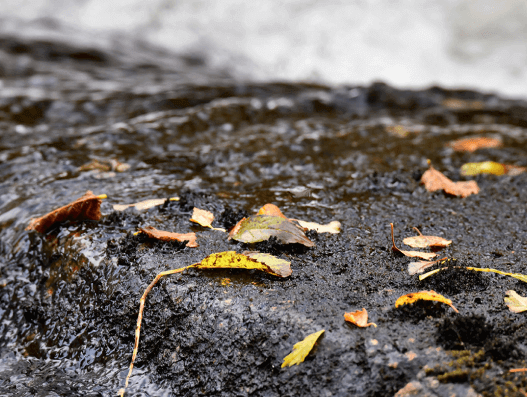
Renewable geothermal energy
Climeworks uses renewable geothermal energy and waste heat to capture CO₂ directly from the air, concentrate it, and permanently sequester it underground in basaltic rock formations with Carbfix. While it’s early in scaling, it’s permanent, easy to measure, and the capacity of this approach is theoretically nearly limitless.

Storing carbon in concrete
CarbonCure injects CO₂ into fresh concrete, where it mineralizes and is permanently stored while improving the concrete’s compressive strength. Today they source waste CO₂, but represent a promising platform technology for permanent CO₂ storage, a key component of future carbon removal systems.

Carbon removing sand
Project Vesta captures CO₂ by using an abundant, naturally occurring mineral called olivine. Ocean waves grind down the olivine, increasing its surface area. As the olivine breaks down, it captures atmospheric CO₂ from within the ocean and stabilizes it as limestone on the seafloor.
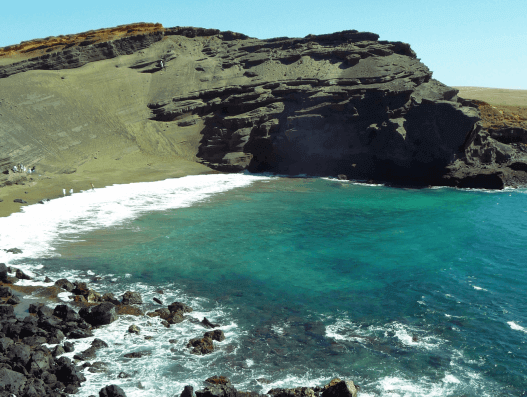
Converting biomass and permanently storing it
Charm Industrial has created a novel process for preparing and injecting bio-oil into geologic storage. Bio-oil is produced from biomass and maintains much of the carbon that was captured naturally by the plants. By injecting it into secure geologic storage, they’re making the carbon storage permanent.
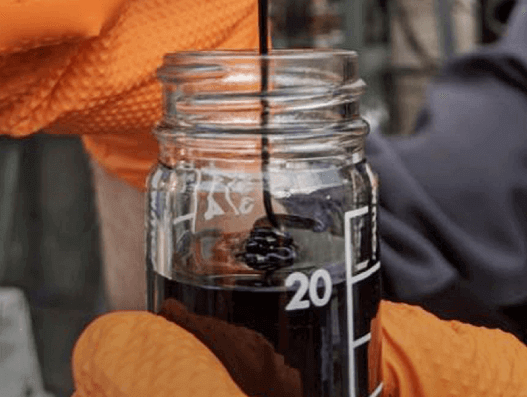
Solar-powered direct air capture
AspiraDAC is building a modular, solar-powered direct air capture system with the energy supply integrated into the modules. Their metal-organic framework sorbent has low temperature heat requirements and a path to cheap material costs, and their modular approach allows them to experiment with a more distributed scale-up.
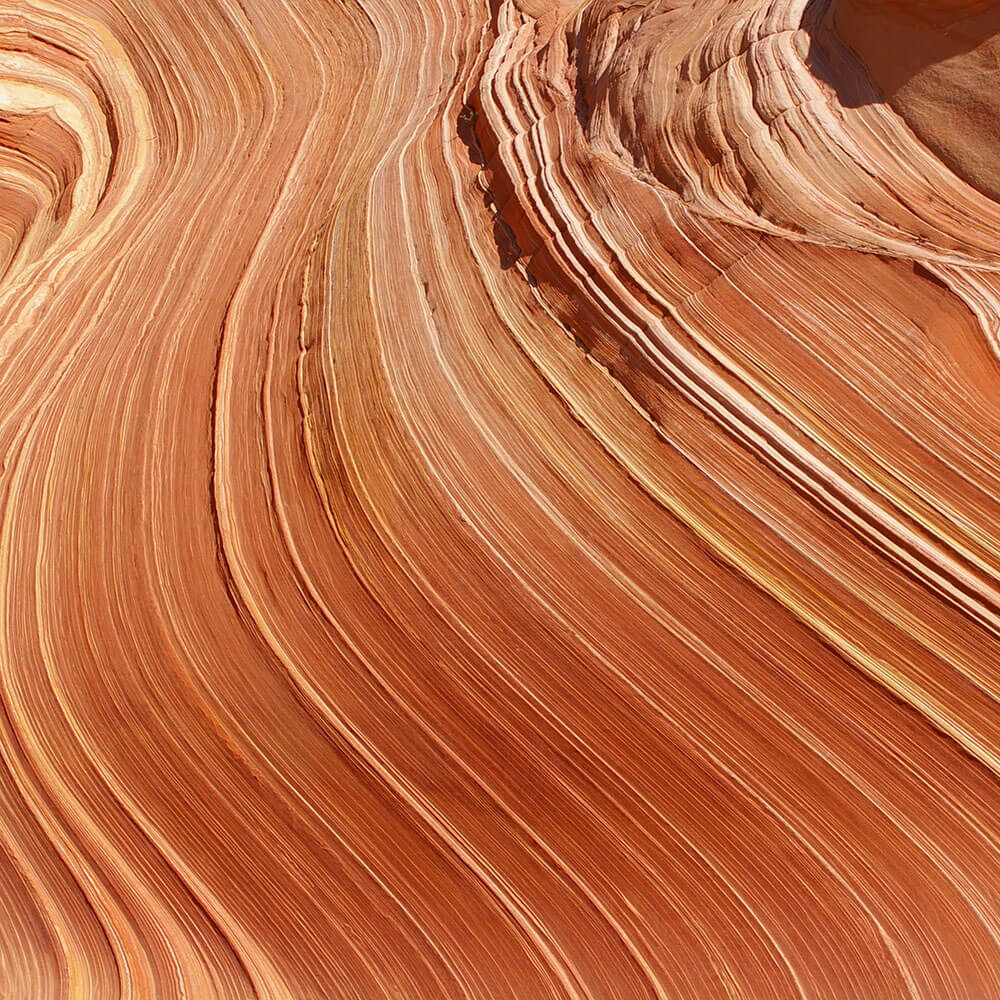
Accelerating carbon dissolving in soil
Mineral weathering already naturally captures CO₂ at gigaton scale. Lithos accelerates this by spreading basalt on croplands to increase dissolved inorganic carbon in the soil. Their technology uses novel soil models and machine learning to maximize CO₂ removal while boosting crop growth. The team is scaling their empirical verification, river network, and plant-tissue studies to advance measurement of CO₂ drawdown and ecosystem impact.
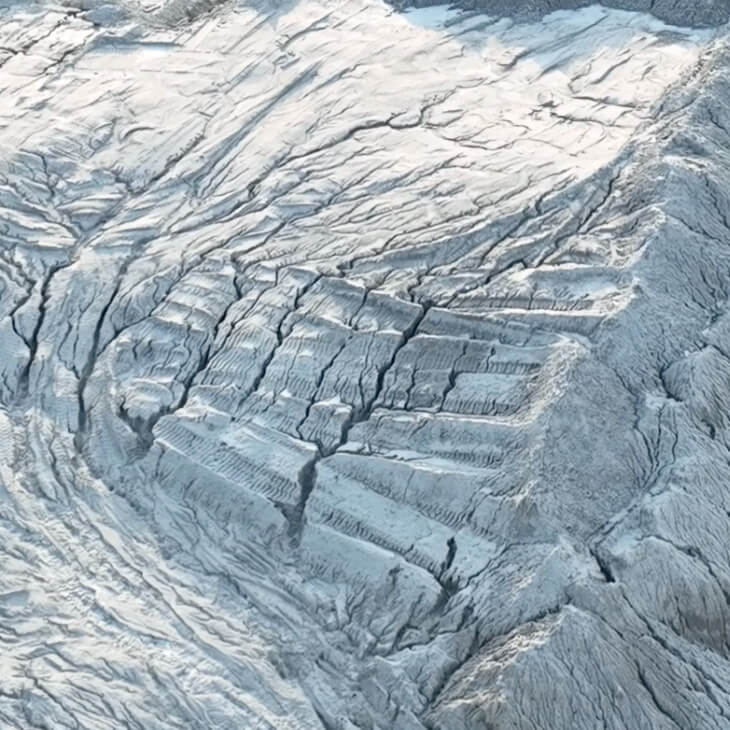
Turning mining waste into carbon removal
Travertine is re-engineering chemical production for carbon removal. Using electrochemistry, Travertine produces sulfuric acid to accelerate the weathering of ultramafic mine tailings, releasing reactive elements that convert carbon dioxide from the air into carbonate minerals that are stable on geologic timescales. Their process turns mining waste into a source of carbon removal as well as raw materials for other clean transition technologies such as batteries.

Carbon capture with clean electricity
RepAir uses clean electricity to capture CO₂ from the air using a novel electrochemical cell and partners with Carbfix to inject and mineralize the CO₂ underground. The demonstrated energy efficiency of RepAir’s capture step is already notable and continues to advance. This approach has the potential to deliver low-cost carbon removal that minimizes added strain to the electric grid.

Fast and affordable carbon mineralization
This project, a collaboration between 8 Rivers’ Calcite and Origen, accelerates the natural process of carbon mineralization by contacting highly reactive slaked lime with ambient air to capture CO₂. The resulting carbonate minerals are calcined to create a concentrated CO₂ stream for geologic storage, and then looped continuously. The inexpensive materials and fast cycle time make this a promising approach to affordable capture at scale.
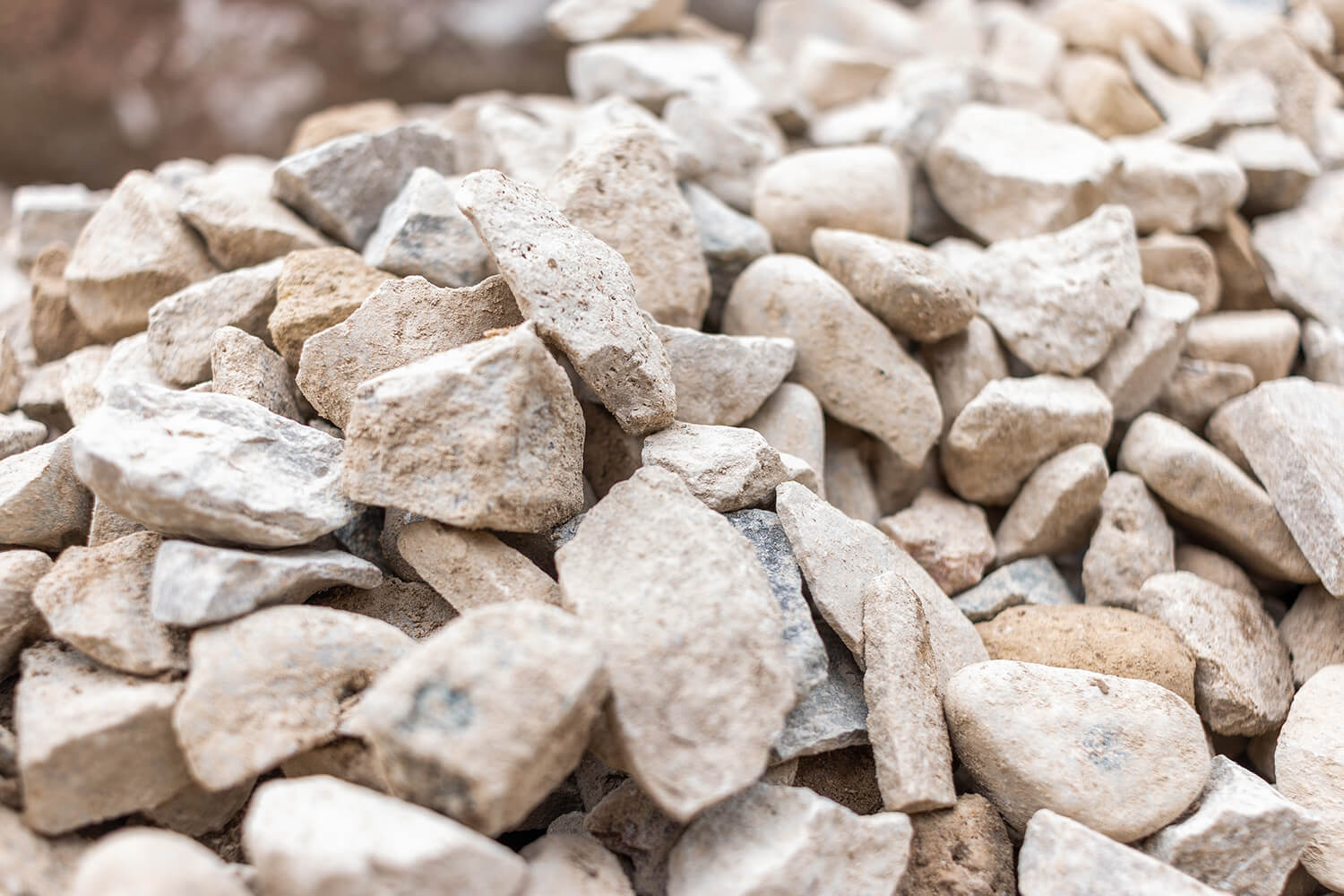
Engineering algae for carbon capture
Living Carbon wants to engineer algae to rapidly produce sporopollenin, a highly durable biopolymer which can then be dried, harvested and stored. Initial research aims to better understand the field’s thinking on the durability of sporopollenin as well as the optimal algae strain to quickly produce it. Applying synthetic biology tools to engineer natural systems for improved and durable carbon capture has the potential to be a low-cost and scalable removal pathway.

Converting biomass to electricity
Arbor is developing a modular, compact approach to Biomass Carbon Removal and Storage (BiCRS), the process of removing carbon by converting biomass waste to products such as electricity and permanently storing the CO₂ underground. Their technology combines a gasifier that can work flexibly across biomass types with an advanced turbine that maximizes electrical efficiency. Arbor’s modular system can be quickly deployed and is designed to be manufactured at substantially lower costs.

Transforming the waste from mines into a carbon sink
Arca is capturing CO₂ from the atmosphere and mineralizing it into rock. They work with producers of critical metals, transforming mine waste into a massive carbon sink. With autonomous rovers, their approach accelerates carbon mineralization, a natural process storing CO₂ permanently as new carbonate minerals. By creating a system that works directly at the mine site, Arca avoids the cost and emissions of moving material to processing facilities.
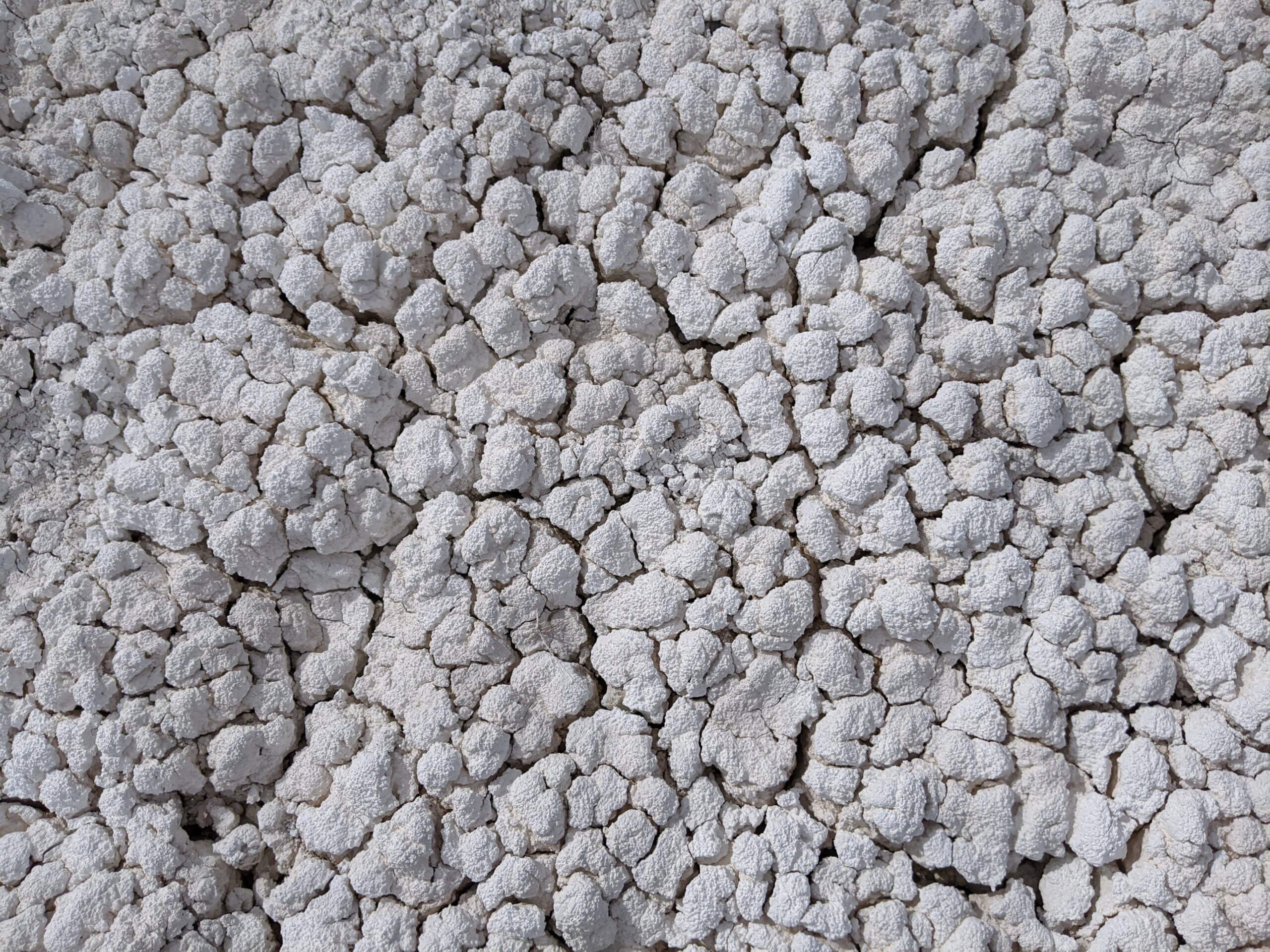
Electrochemical removal
Captura is harnessing the ocean for scalable removal by designing an electrochemical process to separate acid and base from seawater. The acid is used to remove CO₂ that’s present in seawater, which is injected for permanent geologic storage. The base is used to treat and return the remaining water safely to the ocean, and the ocean then draws down further CO₂ from the atmosphere. Captura is developing optimized membranes to increase electrical efficiency and reduce removal costs.

Energy efficient direct air capture
Carbon To Stone is developing a new form of direct air capture, in which a solvent that binds CO₂ is regenerated by reacting with alkaline waste materials. By replacing conventional solvent regeneration using heat or pressure changes with direct mineralization of low-cost alkaline wastes such as steel slag, the team can significantly reduce the energy, and thus the cost, required. The CO₂ is durably stored as solid carbonate materials that can be used for alternative cements.

Carbon storage in volcanic rock
Cella increases the options for safe and secure carbon storage via mineralization. They accelerate the natural process that converts CO₂ into solid mineral form by injecting it into volcanic rock formations together with saline water and geothermal brine waste, with an approach that lowers cost and minimizes environmental impacts. Cella’s technology integrates low-carbon geothermal heat and can be paired with a variety of capture methods.

Accelerated weathering of alkaline materials
CREW is building specialized reactors to enhance natural weathering. The container-based system creates optimized conditions to speed up the weathering of alkaline minerals, and the discharged water stores CO₂ from wastewater safely and permanently as bicarbonate ions in the ocean. CREW’s system makes measuring CO₂ removed easier and can react with CO₂ from a variety of sources, including direct air capture and biomass systems, to maximize scale.

Regenerating tropical soil in Brazil
Inplanet accelerates natural mineral weathering to permanently sequester CO₂ and regenerate tropical soils. They partner with farmers to apply safe silicate rock powders under warmer and wetter conditions that can result in faster weathering rates and thus faster CO₂ drawdown. The team is developing monitoring stations to generate public field trial data to improve the field’s understanding of how weathering rates vary under tropical soil and weather conditions across Brazil.
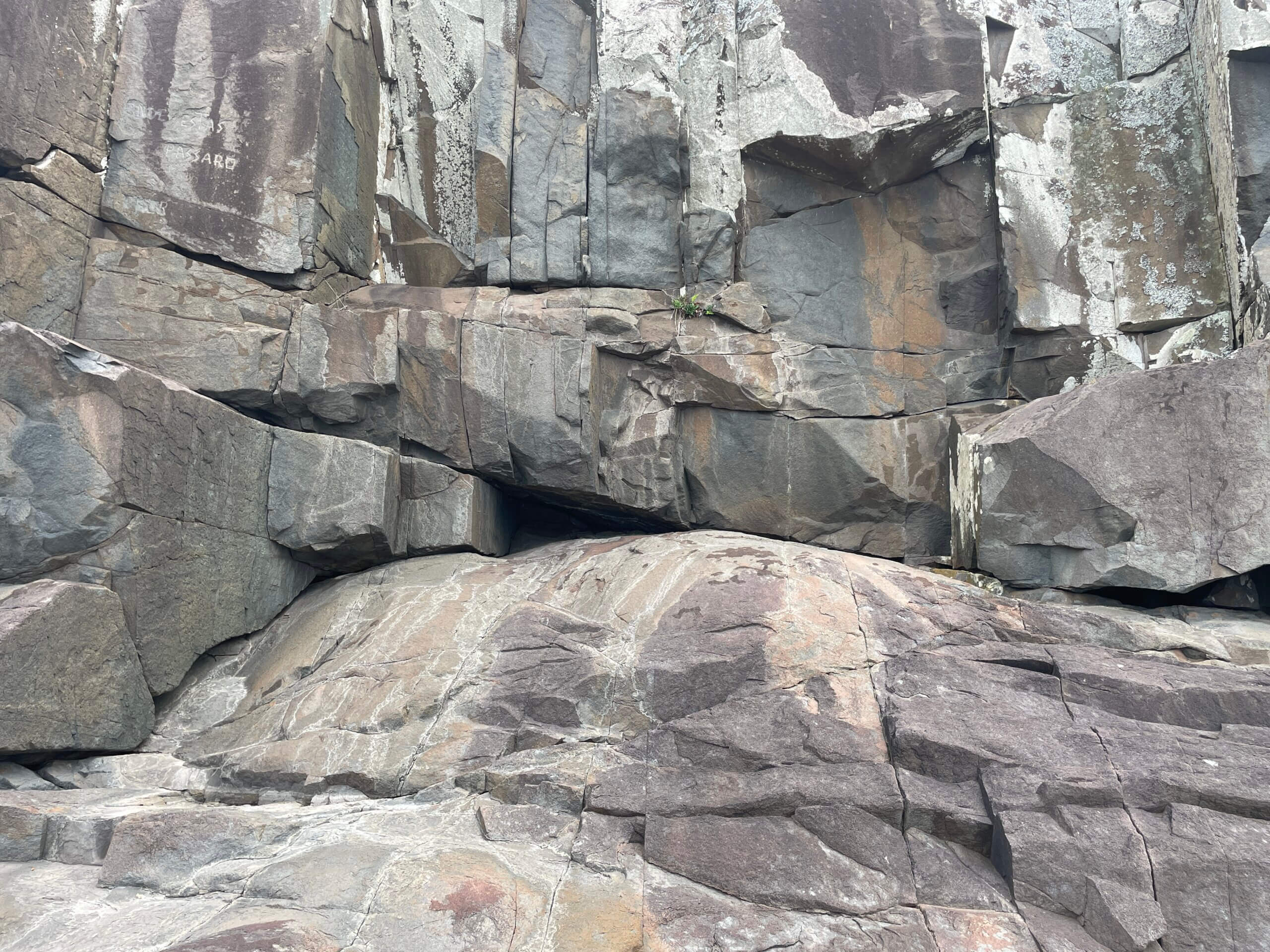
Preventing the decomposition of woody biomass
Kodama and the Yale Carbon Containment Lab are deploying a proof-of-concept method of storing waste woody biomass by burying it in anoxic chambers underground, preventing decomposition. The team will experiment with how chamber conditions and above-ground disturbances impact durability and reversal risk.
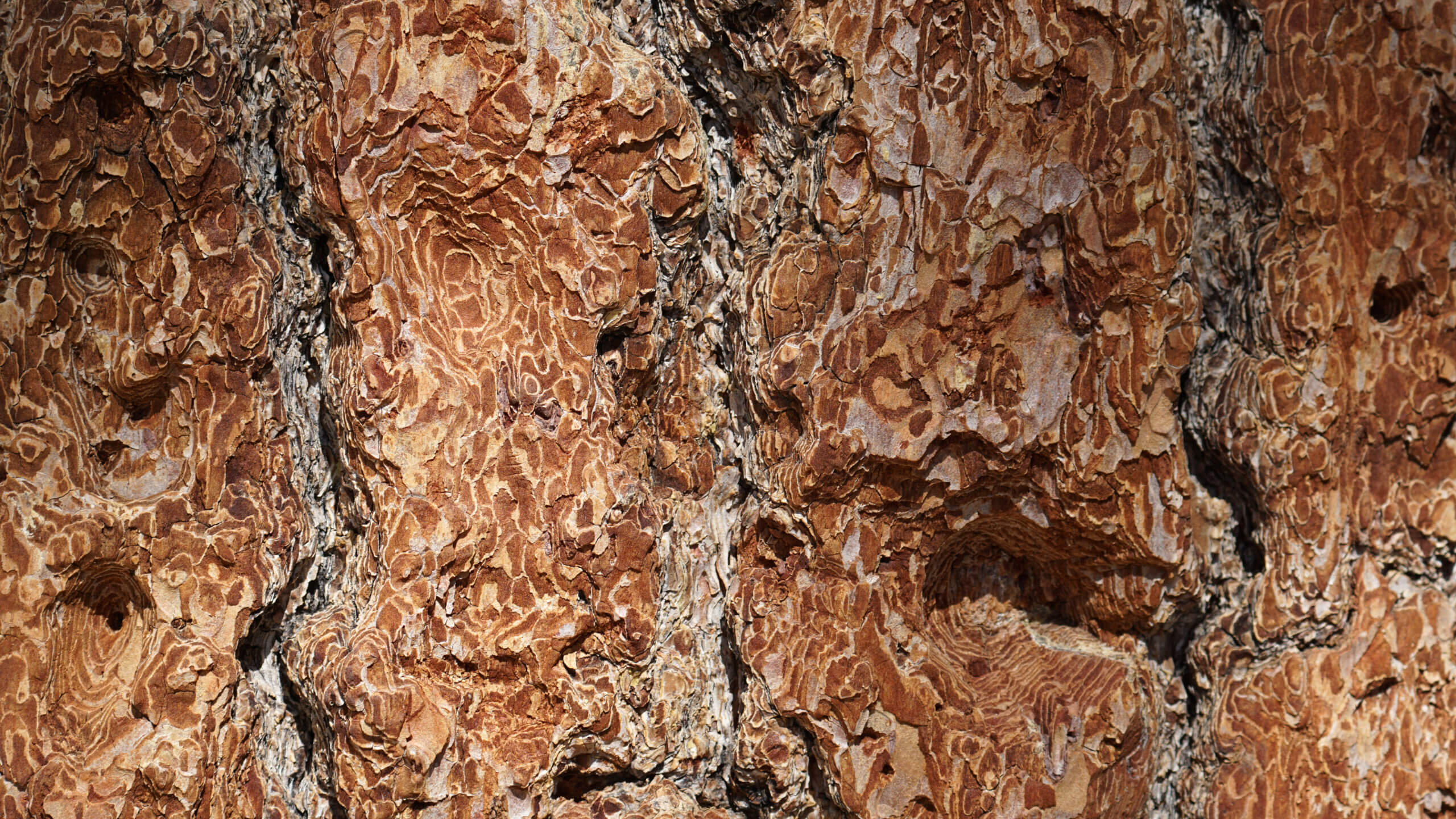
Clean fertilizers through carbon removal
Nitricity is exploring the potential of integrating carbon removal into a novel process for the electrified production of clean fertilizer. This process combines carbon-neutral nitrogen compounds, phosphate rock and CO₂, producing nitrophosphates for the fertilizer industry and storing CO₂ durably as limestone. This new pathway could present a low-cost storage solution for dilute CO₂ streams with co-benefits of decarbonizing the fertilizer industry.
